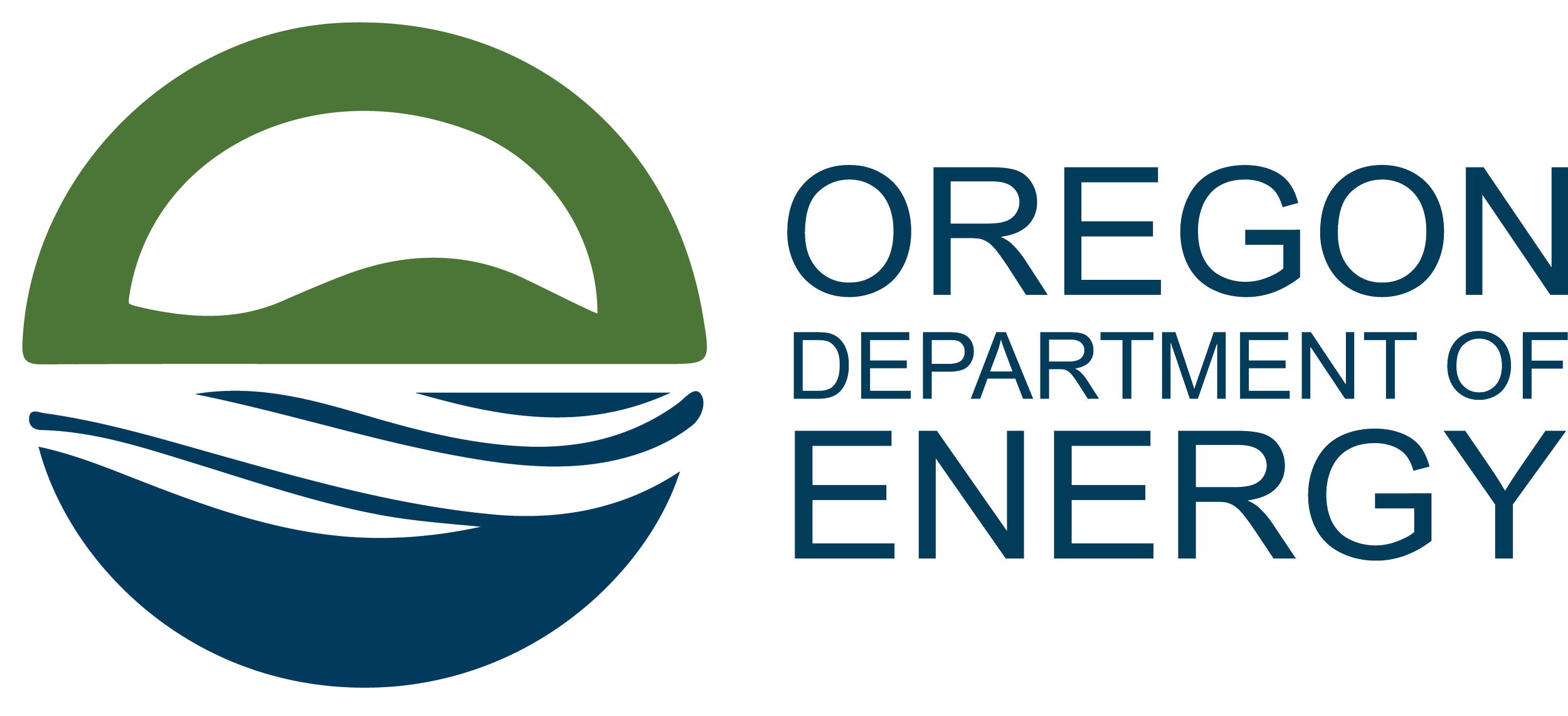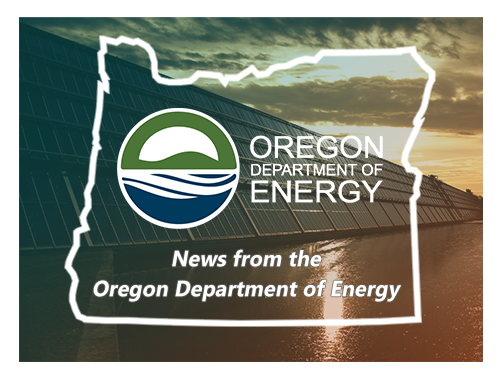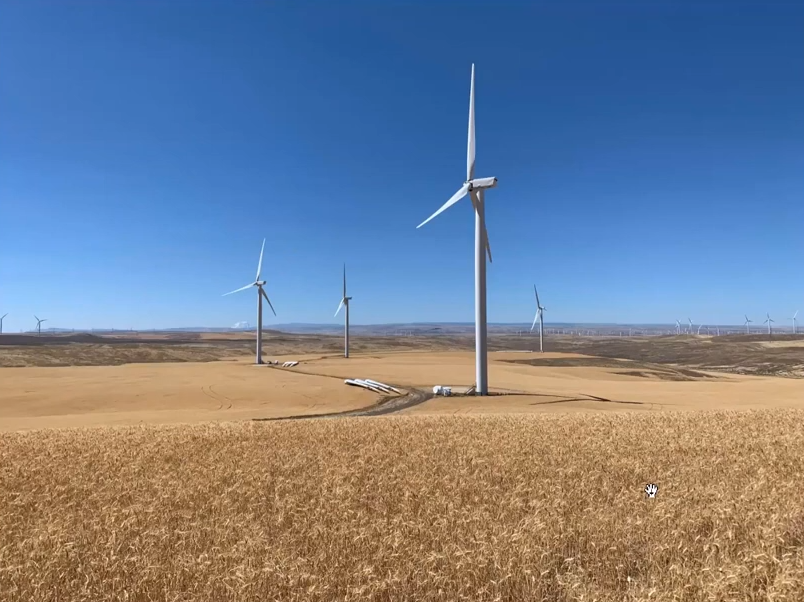In this month’s newsletter, ODOE celebrates the Pacific Northwest's selection as a regional clean hydrogen hub, publishes an updated Oregon Solar Dashboard, kicks off development of an Oregon State Energy Strategy and an Energy Security Plan, and more.
Read Morehe Oregon Department of Energy will soon reopen its application for eligible regional entities to administer the agency’s Community Heat Pump Deployment Program. The program allocates grant dollars to eligible regional and tribal entities that will then provide financial assistance for the purchase and installation of heat pumps and related upgrades in Oregon homes.
Read MoreThe Oregon Department of Energy is thrilled to welcome a new RARE Member to the team. Alice Weston will serve as liaison to central and south-central Oregon, helping communities connect to energy programs and opportunities.
Read MoreOver the past few decades, solar-generated electricity in Oregon has blossomed from a few scattered rooftop projects in the 1980s to dozens of large utility-scale solar facilities today. The Oregon Department of Energy’s interactive Solar Dashboard has been updated to show Oregon’s solar growth from 1986 to 2022.
Read MoreThe Oregon Department of Energy is kicking off development of a State Energy Strategy that identifies pathways to achieve the state’s energy policy objectives. Join ODOE on November 13, 2023 at 10:30 a.m. for an introductory webinar to learn about the opportunities the State Energy Strategy provides and ways to engage in the process.
Read MoreThe Pacific Northwest will continue to lead the way in building a clean energy future as a network of clean hydrogen suppliers and end-users to decarbonize some of the hardest-to-abate sectors of the region’s economy is one step closer to reality. The U.S. Department of Energy (DOE) today selected the Pacific Northwest Hydrogen Association’s PNWH2 Hub for award negotiations as one of the Regional Clean Hydrogen Hubs following a competitive nationwide process.
Read MoreReviewing and potentially siting energy facilities – such as solar, wind, or transmission facilities – in Oregon is a complex and sometimes lengthy process. Proposed energy facilities go through a robust public process to ensure they are up to Oregon’s standards before they can be built.
Read MoreThe Oregon Department of Energy is working on a new Energy Security Plan for the state that will identify risks to our electricity, liquid fuel, and natural gas/propane systems — and propose ways to mitigate those risks. ODOE published a draft version of the plan on September 30, and will kick off a public engagement effort to hear from Oregonians on October 16.
Read MoreIn this month’s newsletter, ODOE publishes a new electric vehicle report showing goals are within reach, shares the latest on federal funding coming to Oregon, reminds Oregonians to be prepared for emergencies and disasters, and more.
Read MoreThe 2021 Infrastructure Investment and Jobs Act and the 2022 Inflation Reduction Act authorized billions of federal dollars for infrastructure spending and energy and climate programs. From strengthening the resilience of the electric grid to offering rebates for home energy improvements, the funding can make a big difference for Oregonians across the state.
Read MoreOregon has made significant progress toward its transportation electrification goals thanks to financial incentives for electric vehicle buyers, a growing market of new and used EV models, and an expanding charging network, according to a new report published by the Oregon Department of Energy.
Read MoreThe next regularly scheduled meeting of Oregon’s Energy Facility Siting Council will be held on Friday, September 22, 2023.
Read MoreThe Oregon Department of Transportation’s new suite of online resources will help Oregon deploy electric vehicle charging projects that are equitable, cost-effective, and will meet local needs while supporting statewide goals for electrifying transportation.
Read MoreIn this month’s newsletter, ODOE reopens the Energy Efficient Wildfire Rebuilding Incentive program, shares Oregon's requirements for decommissioning energy facilities, shines a spotlight on energy use in Oregon agriculture, and more.
Read MoreOn episode 38 of ODOE’s Grounded Podcast, Jen Senner speaks about the federal funding that has been allocated for energy and climate programs here in Oregon- let’s listen!
Read MoreWhen Oregonians turn on the lights, their power is coming from a number of resources – from renewable resources like wind and solar to fossil fuel-based generation like natural gas. Many large energy facilities are reviewed and monitored at the state level, so what happens when one of these facilities has reached the end of its life?
Read MoreIt may feel too early to be talking about going back to school, but many students in the Beaverton School District will enjoy a clean, quiet ride this fall thanks to 13 electric buses in the district’s fleet. Two of Beaverton’s buses were supported, in part, by funds from the Public Purpose Charge, a program administered by the Oregon Department of Energy.
Read MoreOregon is well-known for its incredible agricultural sector – filberts, hops, cherries, peppermint, milk products, hay, wine grapes, onions, and much more support local communities across the state. According to the Oregon Department of Agriculture’s annual statistics book, more than 37,000 farms are spread across 16 million Oregon acres, growing or raising more than 200 products valued at over $5 billion. Oregon agricultural producers use energy for a variety of needs, including powering vehicles and equipment, irrigating fields, cleaning or chilling products, and many other uses.
Read MoreIn this month’s newsletter, ODOE launches a new incentive program to support heat pumps in Oregon rental homes, re-launches the Oregon Solar + Storage Rebate Program with a new $10 million investment, tracks a contamination concern at the Hanford Nuclear Site, and more.
Read MoreIn May, the Oregon Department of Energy welcomed Sarah Moehrke to the team as a new Community Navigator for the agency. Sarah’s role is to help communities – who may not have the built-in staff or budget – get connected to programs and funding that are available to them. This month, Sarah joined some colleagues for meetings and discussions with Eastern Oregon communities to begin making important connections. Read more from Sarah in her own words.
Read More
















